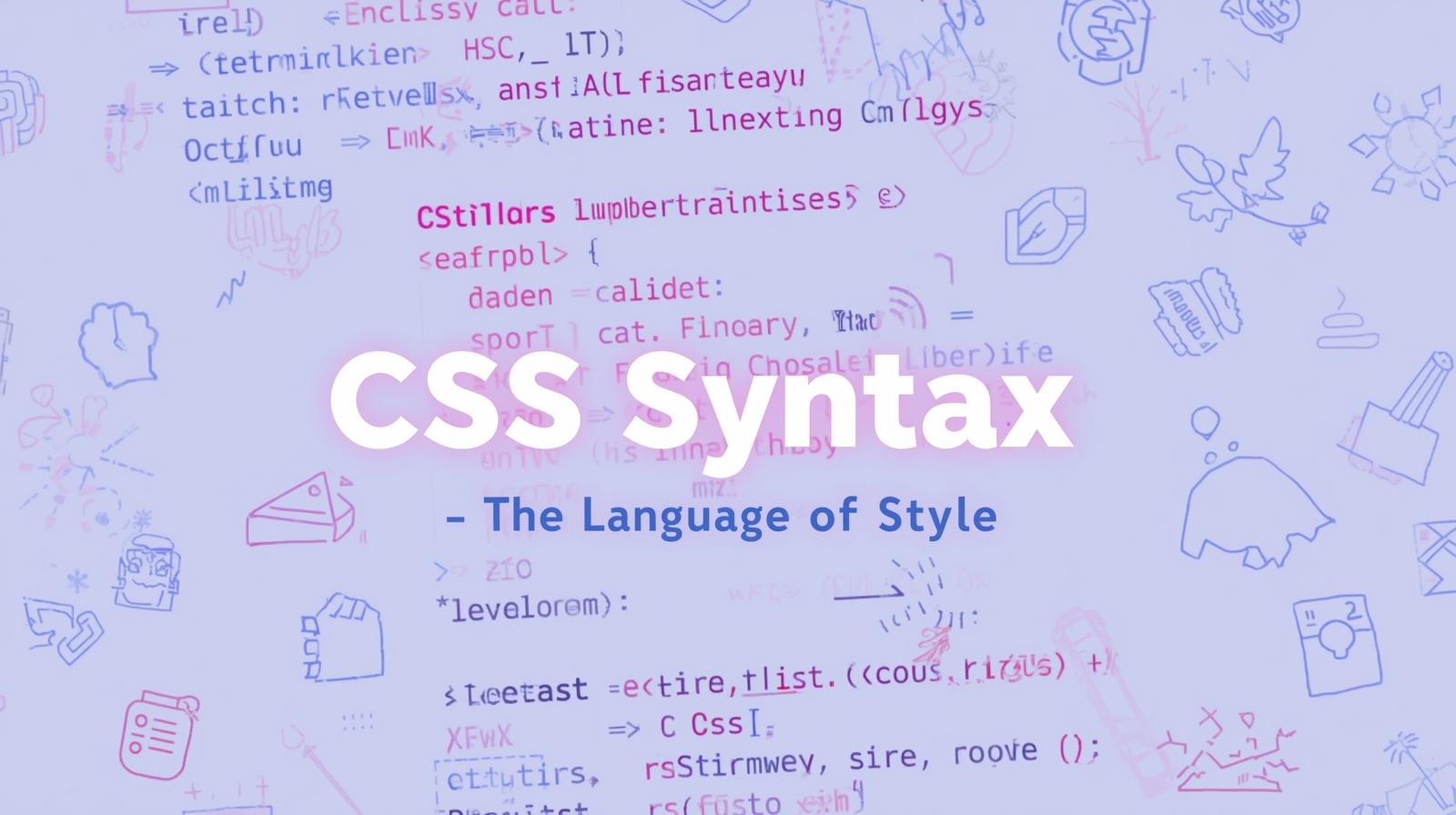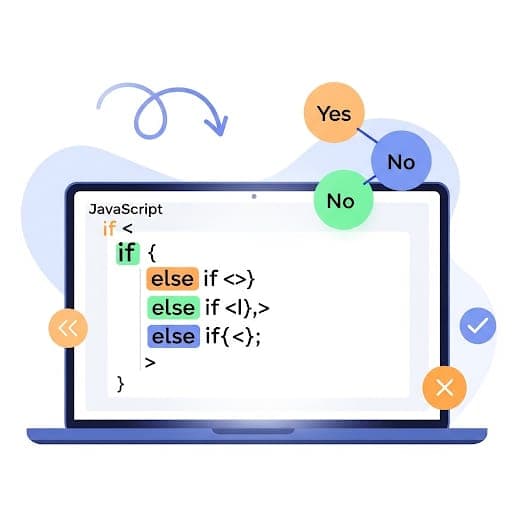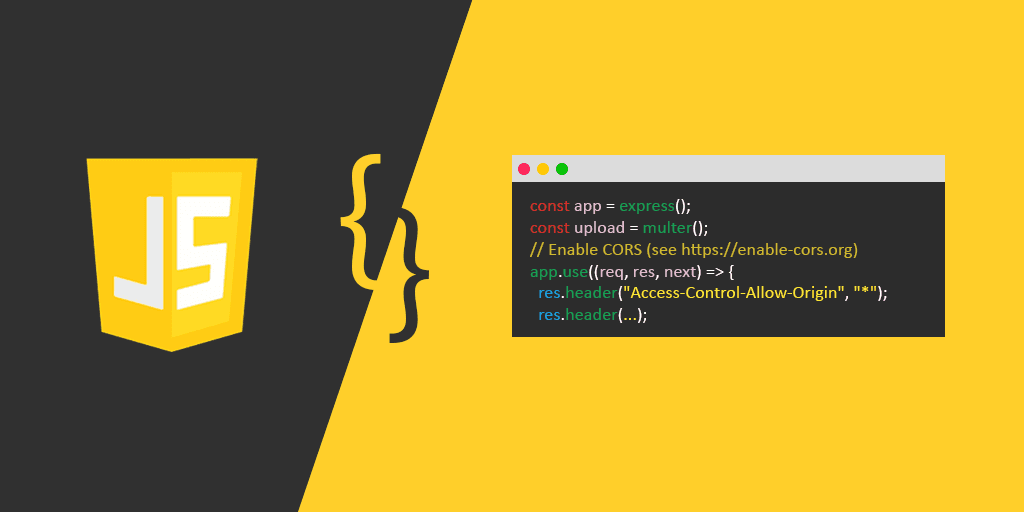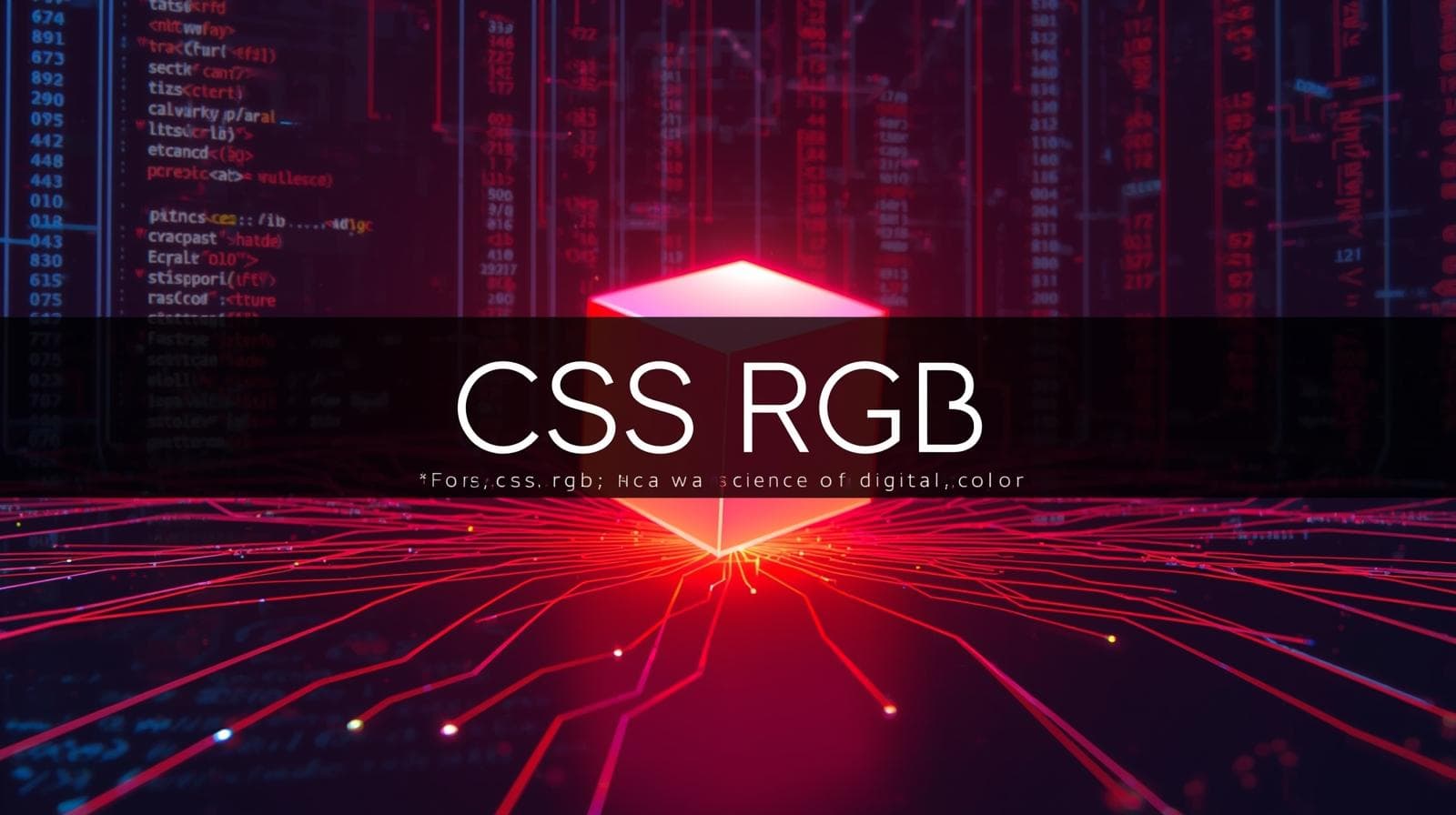Demystifying CSS Syntax: A Beginner's Guide to Styling the Web

Confused by CSS? Our in-depth guide breaks down CSS syntax, from selectors to declarations. Learn with practical examples and best practices to style your websites like a pro.

Demystifying CSS Syntax: A Beginner's Guide to Styling the Web
Demystifying CSS Syntax: Your Ultimate Guide to Speaking the Web's Design Language
You’ve built the structure of your web page with HTML. You have your headings, paragraphs, and images in place. But it looks... well, a bit plain. It’s like a house with all the right rooms but no paint, no furniture, and no personality. This is where Cascading Style Sheets, or CSS, comes in. CSS is the magic wand that transforms that skeletal structure into a visually stunning and engaging experience.
But before you can work that magic, you need to learn the language. And just like any language, CSS has its own grammar and rules. This is what we call CSS Syntax.
In this guide, we're not just going to skim the surface. We're going to dive deep into the anatomy of a CSS rule, explore its components with real-world examples, discuss best practices, and answer common questions. By the end, you'll be reading and writing CSS with confidence.
What is CSS Syntax? The Blueprint of Style
In simple terms, CSS syntax is the set of rules that defines how CSS should be written so that browsers can understand and apply it correctly. It’s the blueprint that tells the browser: "Hey, see that heading? Make it blue, center-aligned, and use a bigger font."
A single mistake in this syntax—a missing colon or a misplaced bracket—can break your entire style rule. It’s that precise. But don't worry, it's also beautifully simple and logical once you get the hang of it.
The Core Building Block: The CSS Rule Set
The fundamental unit of CSS is the Rule Set (often just called a "rule"). Imagine each rule as a single styling command you give to the browser.
Let’s break down a typical CSS rule:
css
h1 {
color: darkblue;
font-size: 36px;
text-align: center;
}This rule tells the browser to style all <h1> elements. Now, let's dissect it piece by piece.
1. The Selector: Who Are We Styling?
h1 in our example is the Selector. Its job is to "select" the HTML element(s) you want to style. It’s the target of your styling command.
Real-World Use Case: Think of a selector like an address on an envelope. "h1" is a very broad address—it delivers the style to every <h1> on the page. But we can be much more specific, which we'll see soon.
2. The Declaration Block: The Styling Instructions
Everything between the curly braces { } is the Declaration Block. This is where you list out all the individual style changes you want to apply to the selected element(s).
3. Declarations: The Individual Commands
Inside the declaration block, you have one or more Declarations. Each declaration is a single property-value pair that specifies what to change and how.
In our example, we have three declarations:
color: darkblue;font-size: 36px;text-align: center;
4. Properties and Values: The Nitty-Gritty
Each declaration is made up of two parts, separated by a colon :.
Property: This is the aspect of the element you want to change. In
color: darkblue;,coloris the property. CSS has a vast library of properties likebackground-color,margin,padding,border, etc.Value: This is the specific setting for the property. In
color: darkblue;,darkblueis the value. Values can be colors, sizes, URLs, keywords, and more.
Crucially, every declaration must end with a semicolon ;. This semicolon acts as a separator between declarations. While the last declaration in a block is often forgiving if you omit the semicolon, it's a best practice to always include it to avoid errors as you add more styles.
Going Beyond the Basics: A World of Selectors
The h1 selector is just the beginning. The true power of CSS lies in its diverse and powerful selectors that allow for precise targeting.
Class Selector (
.): Targets all elements with a specificclassattribute. This is one of the most common and useful selectors.css
.highlight { background-color: yellow; }html
<p>This is a normal paragraph.</p> <p class="highlight">This paragraph will have a yellow background!</p>ID Selector (
#): Targets a single element with a specificidattribute. IDs must be unique on a page.css
#main-header { border-bottom: 2px solid black; }html
<header id="main-header">This is the main header with a special border.</header>Descendant Selector ( ): Targets an element that is nested inside another element.
css
article p { line-height: 1.6; }This will style all
<p>elements that are inside an<article>element, but not other paragraphs on the page.
Real-World Use Case: Imagine you're building a product card. You want all the product titles inside the card to be bold, but not other titles on the page. A descendant selector like .product-card h3 is perfect for this.
Putting It All Together: A Practical Example
Let's style a simple call-to-action button.
HTML:
html
<button class="btn btn-primary">Enroll Now!</button>CSS:
css
.btn {
/* These are base styles for all buttons */
padding: 12px 24px;
border: none;
border-radius: 5px;
font-family: sans-serif;
font-size: 16px;
cursor: pointer;
}
.btn-primary {
/* This adds specific styles for a "primary" button */
background-color: #007bff; /* A nice blue */
color: white;
}
.btn-primary:hover {
/* This style applies when the user hovers over the button */
background-color: #0056b3;
}See how we used multiple classes (btn and btn-primary) to create modular, reusable styles? This is a cornerstone of professional CSS architecture.
Best Practices for Clean and Maintainable CSS
Be Consistent with Naming: Use clear, descriptive names for your classes and IDs (e.g.,
.user-profile-imginstead of.img1).Use Comments: Comment your CSS to explain what different sections of your stylesheet are for.
css
/* ===== Main Navigation Styles ===== */ .nav { ... }Organize Your Stylesheet: Group related rules together. For example, put all header styles in one section, form styles in another, and so on.
Don't Overuse
!important: The!importantrule overrides all other declarations and can make your CSS very difficult to manage. Use it as a last resort.Start with a Mobile-First Approach: Write your base styles for small screens and then use media queries to add styles for larger screens. This often leads to cleaner code.
Mastering these fundamentals is the first step towards a successful career in web development. If you find this breakdown helpful, imagine building complete, responsive, and interactive websites from the ground up. To learn professional software development courses such as Python Programming, Full Stack Development, and MERN Stack, visit and enroll today at codercrafter.in. We break down complex topics just like this, guiding you from beginner to job-ready developer.
Frequently Asked Questions (FAQs)
Q1: What happens if I make a syntax error in my CSS?
The browser is very forgiving, but it will simply ignore any rule it cannot understand. If a style isn't applying, the first thing to check is your browser's developer tools (F12). The "Console" or "Styles" tab will often show you where a rule was invalid and ignored.
Q2: Is the order of declarations important?
For most properties, no. However, when you have multiple rules targeting the same element with the same specificity, the one that comes last in the CSS file will be applied.
Q3: What's the difference between a class and an ID?
Use a class when you want to style multiple elements the same way. Use an ID when you need to style a single, unique element. IDs also have a higher specificity, meaning they will override class styles in a conflict.
Q4: Can I have multiple CSS selectors for one rule?
Absolutely! You can group selectors by separating them with commas. This is efficient for applying the same styles to different elements.
css
h1, h2, h3 {
font-family: 'Georgia', serif;
color: #333;
}Conclusion: Your Journey Has Just Begun
Understanding CSS syntax is like learning the alphabet before you write a novel. It’s the essential foundation upon which all your web design skills will be built. You've now learned the core components: the selector, the declaration block, properties, and values. You've seen how they come together to form a rule set and explored more powerful selectors for precise control.
The concepts of classes, IDs, and grouping selectors are your first steps into writing efficient, scalable CSS. Remember, practice is key. Open a code editor, create a simple HTML file, and start experimenting with these rules. Change colors, adjust fonts, and play with margins and padding. There's no better way to learn.
This is just the beginning of what you can achieve with CSS. The world of web development is vast and exciting, and a strong command of fundamentals is what separates hobbyists from professionals. If you're ready to take the next step and build real-world projects, our structured programs at codercrafter.in can guide you. Explore our courses in Full Stack Development and the MERN Stack to turn your curiosity into a career.






